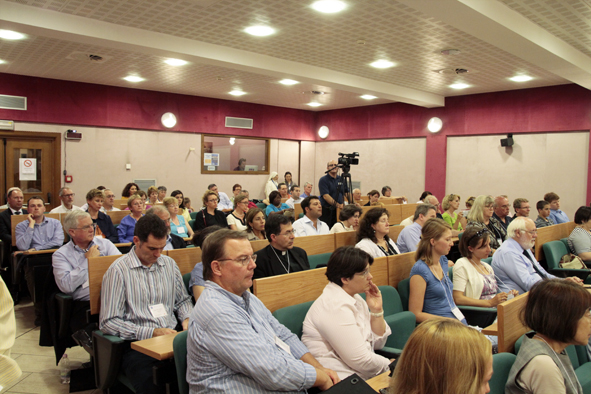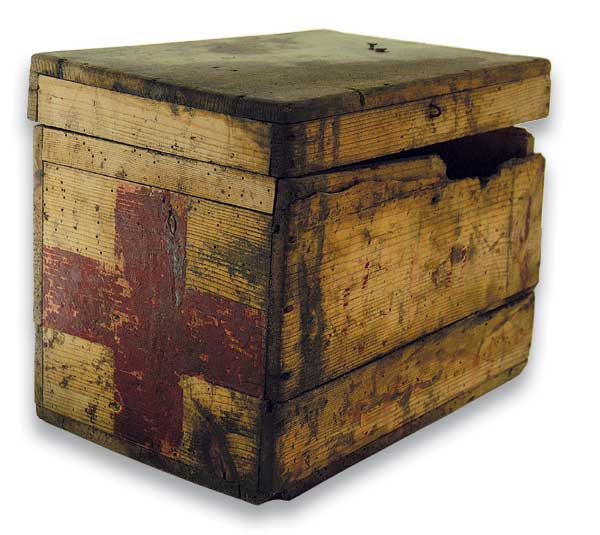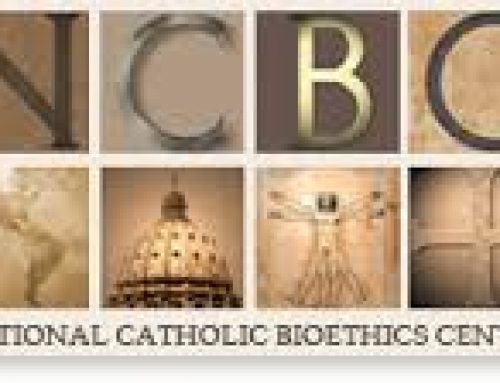Our third day of the Rome conference began with a session on Fertility Awareness Based Methods (FABM) – transforming Obstetrics and gynaecology. An examination of the transforming role played by modern FABM’s when applied to our specialties and focus on how each method is transforming women’s health care. A panel discussion followed on how FABMs are changing a fertility unaware culture and factors which promote and impede them. Chairs: Dr B Miller, Dr E Šeman. Obstetricians and Gynaecologists (Australia) These presentations will feature in our pregnancy resources page shortly.
The session followed with a presentation from Dr Ludmila Lázničková, Brna, Czech Republic, “NAPROHELP Treating infertility successfully, minimizing harm”.
She stated that, “Infertility is not exclusively a woman’s issue. Both women and men may have problems which, collectively, cause the couple to be infertile. The causes can be hormonal, anatomical, immunological or other, and affect one or both members of the couple.The commonest cause of infertility is abnormal ovulation as a result of hormonal dysfunction. Medical textbooks often cite “irregular or absent menses” as indicators of anovulation. But, is there more to it? What can we accept as a “regular” menstrual cycle? Must the cycle length be 28 days? Must ovulation occur on day 14? In a 2012 CENAP “Study of timing ovulation and conception” involving 221 women, only 21% of women ovulated on day 14 or 15 of the cycle. Ovulation occurred after day 23 in 22% and after day 16 in 70%,This means that longer cycles are not necessarily anovulatory. It also depends on how we determine ovulation. There are several ways of achieving this: ultrasound and hormone testing – very expensive. urinary LH tests – not reliable. using the symptom-thermal method (STM). NAPROHELP uses the symptom-thermal method to confirm when ovulation occurs and avoids the use of ultrasound folliculometry and blood hormone tests. Women are quite comfortable with this simple, home-based approach.” Her full presentation is available here.
NAPROHELP
Treating infertility successfully, minimizing harm.
Dr Ludmila Lázničková, Brna, Czech Republic.
(Mater Care Conference, September 2017)
Infertility, the unfulfilled desire for a child, can cause great emotional pain. It can also burden relationships and challenge health care practitioners to find solutions.
Pregnancy is the result of a process involving 3 main steps:
the woman must release an egg from one of her ovaries to the nearby Fallopian tube (ovulation).
sperm must encounter the egg on its way to the uterus (fertilization)
the fertilized egg must attach to the lining of the uterus (implantation).
Infertility is not exclusively a woman’s issue. Both women and men may have problems which, collectively, cause the couple to be infertile. The causes can be hormonal, anatomical, immunological or other, and affect one or both members of the couple.
The commonest cause of infertility is abnormal ovulation as a result of hormonal dysfunction. Medical textbooks often cite “irregular or absent menses” as indicators of anovulation. But, is there more to it? What can we accept as a “regular” menstrual cycle? Must the cycle length be 28 days? Must ovulation occur on day 14?
In a 2012 CENAP “Study of timing ovulation and conception” involving 221 women, only 21% of women ovulated on day 14 or 15 of the cycle. Ovulation occurred after day 23 in 22% and after day 16 in 70%,
This means that longer cycles are not necessarily anovulatory. It also depends on how we determine ovulation. There are several ways of achieving this:
ultrasound and hormone testing – very expensive.
urinary LH tests – not reliable.
using the symptom-thermal method (STM).
NAPROHELP uses the symptom-thermal method to confirm when ovulation occurs and avoids the use of ultrasound folliculometry and blood hormone tests. Women are quite comfortable with this simple, home-based approach.
NAPROHELP has rules for when treatment with gestagens (progesterone), is necessary. For example, luteal phase insufficiency. Only natural hormone preparations like Utrogestan and Gynprodil, are used. Synthetic gestagens like Provera and Orgametril are avoided. Specific rules guide how long to use gestagens and when to perform a pregnancy test.
From the first consultation, NAPROHELP offers treatment and support to the wife and husband. The couple’s fertility is enhanced using food supplements of high quality, for example Pycnogenol. This is based on royal jelly and supplemented with primrose oil, extract of anchor and antioxidants.
NAPROHELP is a multidisciplinary approach which can involve a urologist, physiotherapist and endocrinologist when necessary.
We have observed anovulatory cycles in some women after ceasing the contraceptive pill. After excluding other causes, such as thyroid dysfunction, and
2
offering support with food supplements, normal ovulation usually returns within a few cycles.
Above all, NAPROHELP is based on accepting how a woman’s body works. If she ovulates later in the cycle, NAPROHELP accepts this and her body is not tampered with. For example, if ovulation occurs on day 55, we accept it.
It is very important to realize that life must be protected from it’s beginning. For me, this means avoiding treatment which may cause an early abortion. It’s also necessary to find treatments which avoid harm to the woman’s body ie those which have no ill-effects on the liver or kidneys, and do not predispose to cancer. In my opinion, it is inappropriate to stimulate ovulation with drugs like Clostylbegyt and Letrozol, because they can harm the woman’s body and increase the risk of early abortion through changes in the endometrium (50% probability on Citterbart)
Thus NAPROHELP treats infertility without ovarian stimulation, and with an 80% live birth rate.
We use the German version of the sympto-thermal method known as Sensiplan. It’s cheap and very easy to use, and reveals the fertile window in a very clear and simple manner.
Unfortunately, Czech health insurance companies do not pay for medical services involving Sensiplan. Instead, medical insurance payments are linked to services involving pharmaceuticals for ovulation induction, ultrasound folliculometry and, most of all, to assisted reproduction. I see this as the medical “Bermuda Triangle”, where taxpayers’ money is often lost and not used for the authentic good of humankind.
I will now share some case reports:
1) Successful treatment of infertility associated with long cycles, (No 020 148)
Year of birth 1985. First registered in our surgery 2/2010 after missed abortion on 5/1/2010 complicated by infection and treated with antibiotics.
Past history: “treatment of irregular cycles” by gestagens in 2004, then contraceptive pill (Logest) from 2005 to 2009.
Management: shared care with endocrinologist- thyroid hormone replacement and STM. Couple supported with food supplements.
Progress: Last menstruation 5/11/2010. By STM she ovulated on day 39. Due date by STM – 6/9/2011. She delivered a live male weighing 3180gm on 10/9/2011.
2) Client with “ anovulation”( No 017 456)
Year of birth 1974. First contact with us 9/2008 – consultation. Registered in our surgery 11/2008.
Past history: “Anovulatory cycles” diagnosed by previous gynaecologist and treated with Clostylbegyt and Utrogestan without success. Husband diagnosed with “oligoasthenospermia”.
Management: STM and food supplements from 9/2008.
Treatment of hypeprolactinaemia. Anti-inflammatory diet.
Progress: Last menstruation 21/11/2008. By STM she ovulated on day 17. Due date by STM- 30/8/2009. She delivered a live female weighing 3750gm on 3/9/2009.
3
3) Client who had failed IVF (No 023 727)
Year of birth 1976. First registered in our surgery 6/2012.
Past history: oral contraception 1996 – 2006. She conceived 6 months after ceasing pill and had a missed abortion. She resumed contraceptive pill to 2/2009. Her previous gynaecologist diagnosed “anovulation,and oligoasthenoteratozoospermia”, then treated her as follows: ovarian stimulation; 4 cycles of IUI (intrauterine insemination); IVF with ET 8/2011; then KET in 11/2011 –all without success.
Management: STM , food supplements.
Progress: Last menstruation 2/8/2012. By STM she ovulated on day 21. Due date by STM- 16/5/2013. She delivered a live female weighing 3530gm on 11/5/2013.
Conclusion:
Our experience shows that, in 80% of cases, we can treat couples to help them fulfil their desire for a child. This is achieved by means which respect the couple and their unborn child, and without recourse to ovulation induction and treatments which may damage a woman’s health and cause an early abortion.
We advocate NAPROHELP as a method for every couple who want to actively treat their infertility. However, when treating infertility, we need to be aware that:
we can know a lot, but not everything
we can help to lot of people, but not every couple
everything has its time in our Creator- God
References:
1) Citterbart Gynekologie Galén 2001 ISBN 978- 80-7262-501-7.
2) Rob, Martan, Citterbart Gynekologie , Galén 2012, ISBN 80-762094-0.
3) Kratochvíl, Lázničková, Sborník příspěvků Nejmenší z nás 2014, ISBN
978-80-905358-2-4.
http://www.matercare.org/











http://www.matercare.org/